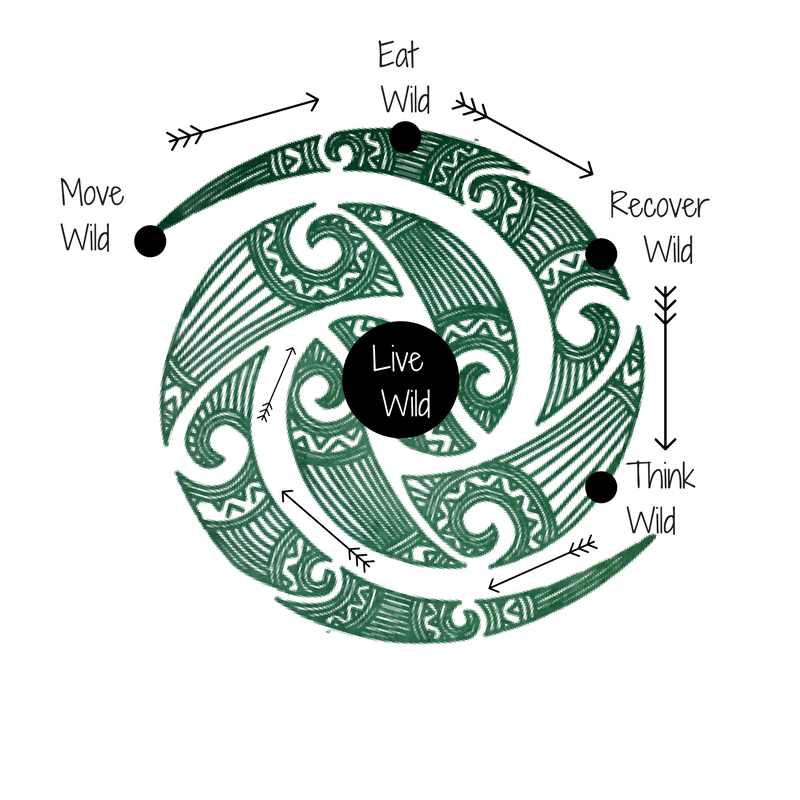It is very likely that you will go through cycles of training and not training in your life. It is important to know how to best make the come back after a lay off so there is a much higher chance of longevity and consistency.
If you missed the previous mistakes we spoke about check out The Zero to Hero mistake Here and The Diet mistake Here. In this next two minutes though what we are talking about is your training environment! Training environment is everything around you when you train. How the place looks, how it feels, the sounds, the people and the overall atmosphere.
The big mistake is trying to train in an environment that is uninspiring to you. The reasons this is a big mistake are:
- Physical Training already has many barriers for most people. Don’t give yourself another reason not to do it.
- If you are in an environment that is not inspiring chances are your session will lack intensity and therefore results.
- If you don’t feel good somewhere you are not going to go long term.
Here are a few ways to ensure you don’t fall into this mistake:
- Be clear with what you are looking for in terms of environment before looking
- Don’t feel like training has to be in a ‘beat you up’ environment
- Look for a training modality that you enjoy. Don’t fall for the idea that you ‘have to run’ to lose weight for example
- Sign up to your chosen training with a friend or partner, or where you already know people
If you want to see a snippet of what our space is like check out this Video.


